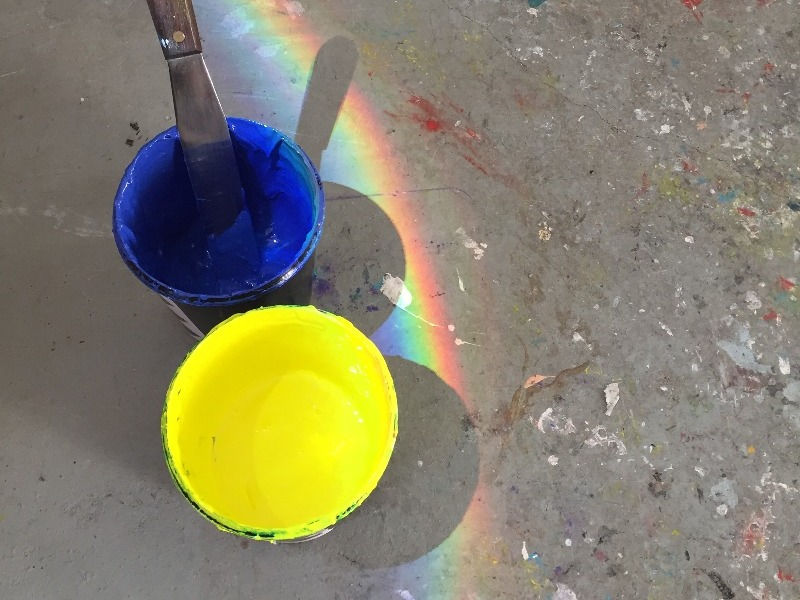Screen printing is a popular method of printing graphics onto various materials, including fabric, paper, wood and even some metals. The process involves using a mesh stencil, called a screen, to transfer ink onto the material. However, not all materials are suitable for screen printing, as the ink may not adhere properly or the material may not hold up well under the process. In this blog, we will discuss what materials you can and cannot screen print graphics onto.
Materials suitable for screen printing

Fabric
Screen printing is a popular method of printing on fabrics such as cotton, polyester, and silk. These materials have a porous surface that allows the ink to penetrate and bond well.
Paper
Paper is another popular material for screen printing. It is suitable for printing graphics such as posters, cards, and packaging materials.

Wood
Screen printing can also be done on wood. However, the wood should be sanded and smooth to allow for even printing.
Metal
Screen printing can be done on metal surfaces such as aluminium and stainless steel. These materials provide a durable surface for printing that can withstand exposure to harsh weather conditions.
Glass
Screen printing can also be done on glass surfaces, such as bottles and jars. However, the ink used must be able to bond well to the glass surface.
Materials not suitable for screen printing
Non-porous surfaces
Screen printing requires a porous surface to allow the ink to bond properly. Non-porous surfaces such as plastics and certain metals are not suitable for screen printing.

Rough surfaces
Screen printing requires a smooth and even surface for the ink to transfer well. Rough surfaces such as unpolished stones or bricks may not be suitable for screen printing and can damage your screens in the process.
Heat-sensitive materials
Screen printing involves the use of heat to dry and cure the ink. Materials such as vinyl and some plastics may not withstand the heat required for screen printing.

Elastic materials
Materials such as spandex and elastic fabrics may not be suitable for screen printing. These materials can stretch and warp during the printing process, resulting in distorted images.
In conclusion, screen printing is a versatile printing method that can be used on a variety of materials. However, it is crucial to ensure that the material is suitable for screen printing to achieve the desired results. Porous surfaces such as fabric and paper are ideal for screen printing, while non-porous surfaces and rough surfaces may not be suitable. Additionally, materials that are heat-sensitive or elastic may not be ideal for screen printing. By selecting the right materials, you can achieve high-quality screen-printed graphics that are durable and long-lasting.

It’s worth noting that no matter what material you choose to screen print on, the final product will largely depend on the expertise of the printer...
Back & Forth Prints are a Dorset-based custom skateboard and screen printer. We work with a vast portfolio of global and local brands, printing professional standard skateboards, garments and more for some of the world's most recognised companies and professional skateboarders.
If you want to learn more about our printing services or have any questions, get in touch here.
By mostly.
